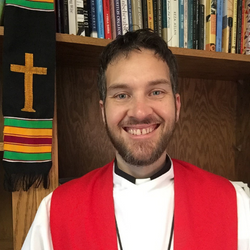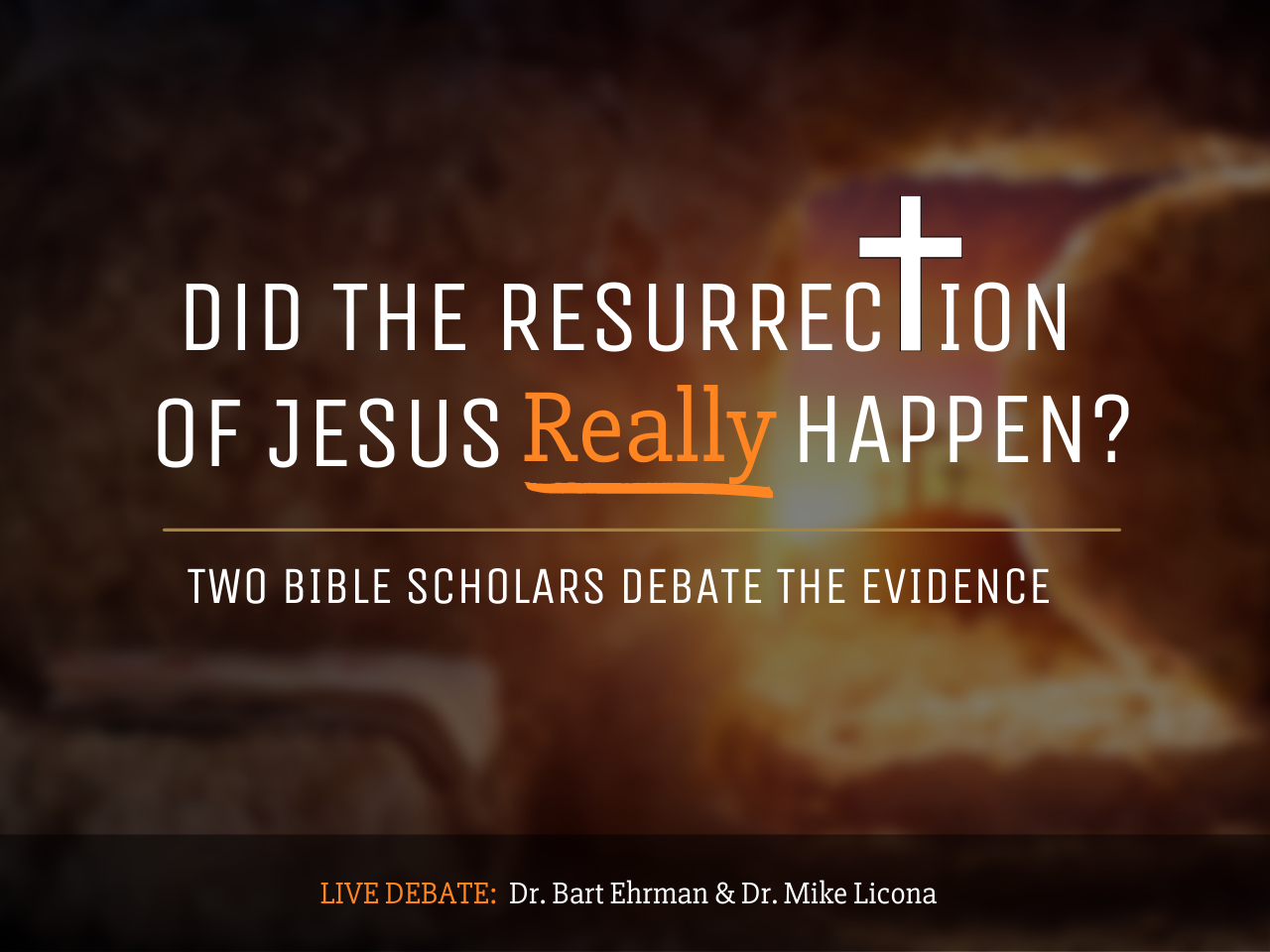Physical vs Spiritual Resurrection: What the New Testament Teaches Christians to Believe

Written by Keith Long, MDiv
Author | Pastor | BE Contributor
Verified! See our editorial guidelines
Verified! See our guidelines
Date written: April 5th, 2022
Disclaimer: The views and opinions expressed in this article belong to the author and do not necessarily match my own. - Dr. Bart D. Ehrman
“Christ is Risen! He is Risen indeed!” It’s a phrase Christians shout with glee every Easter. Some pastors announce the call and response phrase at least three times in rapid succession, and some say the phrase ad nauseam.
Whether you’ve said or heard it over and over again or not, a person might find themselves thinking: but what does “he is risen” really mean? Did Jesus rise in a physical body from the dead or was the story of Jesus’ resurrection meant to be understood as a metaphor?
In this article we will explore why a physical understanding of the resurrection is so important to believers by reviewing what the New Testament says about Jesus’ resurrection from its two most prominent teachings contained therein and how such views became so fundamental to understanding Jesus’ alleged defeat of death in the formation of the Christian church.

the New Testament & Jesus’ resurrection body
As for the epistles of the Apostle Paul and the other New Testament writers, much is written about the nature of the resurrection and what it means for a believers’ own resurrection. Whatever happened to Jesus will therefore live and die with what the gospel writers wrote about it because the information given about Jesus’ resurrection in Matthew, Mark, Luke, and John are completely absent in Paul’s letters. Paul never mentions an empty tomb.
He writes nothing about anyone by the name of Joseph of Arimathea. Paul gives no geographic setting for the people he says encountered the risen Christ. His letters do not address any conspiracy regarding a grave robbery. None of the core and secondary details shared between the four gospel writers even so much as make a cameo appearance in Paul’s words about Jesus’ resurrection.
The only corroboration between what’s depicted to happen in the gospels about Jesus being raised and appearing to his disciples is a scant reference in Paul’s first letter to the Corinthians that “he appeared to Cephas (Peter) and then to the twelve.” (1 Corinthians 15:5) According to Paul, it was Peter who saw the risen Jesus first–but again, no mention of how, when, or where.
What is a spiritual resurrection according to Paul?
A careful reading of Paul’s emphatic usage of Jesus’ “bodily” resurrection reveals that Paul was repeatedly referring to Jesus rising from the dead in a “spiritual” body (Romans 6:5, 2nd Corinthians 5:16-17, Philippians 3:10-11.)
That Jesus rose bodily from the dead was a foregone conclusion–what Paul sought to communicate with the church at Corinth was the way in which Jesus lives on. What Paul means by “spiritual body” is perplexing. He tosses around the concept that one day we too will rise in the same body that we lived and died in, only we will be “raised a spiritual body.”
(1 Corinthians 15:44) How Paul defines this “spiritual body” is the subject of thousands of books and articles with millions of words attempting to encapsulate what a person is to make of such teaching. What is the main difference between a spiritual body and our physical body? One is immortal. Can a spiritual body digest food, breathe, run, walk, and speak? Yes. No. I don’t know!
What Spiritual Meant in Antiquity
What people living in the twenty-first century understand as “spiritual” is not the same as how people in antiquity understood it. When we hear words like “spirit” we tend to make an association with ghosts and misty, shadowy figures and cold spots that give us gooseflesh.
It doesn’t seem like that was how Paul understood the spiritual body.
Paul is insistent to the Corinthian community that our spiritually raised selves inhabit the same body. Recognizably you, but immortal and invincible. Paul argues that “spiritual” is not the opposite of “material.” Therefore, upon his death, Jesus’ body became a “highly refined” spiritual body “superior in every way and not subject to mortality” as Bart Ehrman writes in How Jesus Became God.
What exactly a highly refined spiritual body is and how it functions is anybody’s guess on this side of the veil. Some like to compare Jesus’ resurrection and ours like the transformation of a caterpillar to a butterfly. The caterpillar is still physically present, but has undergone a metamorphosis into a differently abled body.
Another way to think about Paul’s teaching of the spiritual body is like the Iron Man superhero suit that Marvel Comics’ Tony Stark creates and utilizes. Tony is bodily present and physically at the controls, but as Iron Man, Tony can do considerably more than he can do without his highly refined outer shell.
Are these the only ways the Christian church understood Jesus’ resurrection?
As days turned into years and years into decades and decades into centuries after Jesus’ mysterious reappearances, the physicality of the post-mortem appearances grew to be the most popular belief among early church leaders and theologians. But a physical and literal understanding of these resurrection narratives were not the only explanations circulating in the early church.
There were many, many other ways that the early Christians believed in Jesus’ resurrection. One of these ways was an ancient religious heresy known as “Docetism.” Docetics believed that Jesus only appeared as a human being but was primarily spirit in substance. The orthodox church balked at such an insulting theory for it undermined much of the doctrinal pinings being formed regarding Jesus’ soul-saving sacrifice for the sins of humankind–if Jesus didn’t bodily suffer and physically die, then the salvation of the world wasn’t legitimately valid, so went the rationale.
Gnosticism & the Spiritual Resurrection
Docetism was an extreme byproduct of Gnosticism, which was arguably the biggest opponent to the orthodoxy of the ancient Christian Church.
Gnostics opposed the literal interpretation of scripture and emphasized that the key to the Spirit life as modeled by Jesus was by way of personal spiritual knowledge (gnosis) over orthodox teachings and traditions. For more information about Gnosticism in the early church, see Elaine Pagels’ book The Gnostic Gospels.
It was the existence of these belief systems about Jesus that likely motivated the orthodox Christian Church to canonize which writings belonged and which ones needed to go away, a process which is described and confronted here.
As belief in Jesus’ physical and/or spiritual bodily resurrection became the modus operandi for religious leaders, the other forms of Christian thought (especially Gnosticism, Docetism, and Arianism) were discredited or destroyed.
Fast forward to the cultural embrace of science and reason during a period known as The Enlightenment in the 1800’s. During this period Bible-loving Christians felt very threatened by those on the outside looking in on the Christian institution, so the institutional authorities doubled down on Biblical literalism.
A line was drawn in the sand and believers in the literal, physical/bodily resurrection of Jesus were placed one side of the line and everyone else were deemed heretical and left on the other side of the line.
Are there only two ways to interpret Jesus’ resurrection?
In my opinion, the all-or-nothing demand of a “bodily resurrection or bust” that Christianity requires of Jesus’ followers is as antiquated an approach as the scroll from which we first learned of the resurrection “event” itself. There are so many different ways to be inspired by the mystery of the resurrection without sacrificing one’s intellect as a faithful and faith-filled disciple.
For more information about this fascinating topic, I recommend scrolling through Bart’s extensive scholarship on his blog or signing up for one of his online courses.

